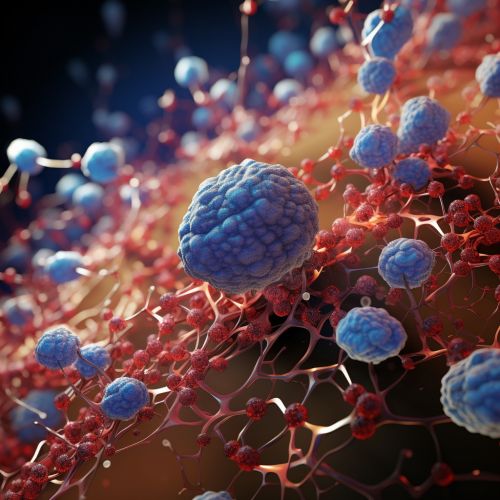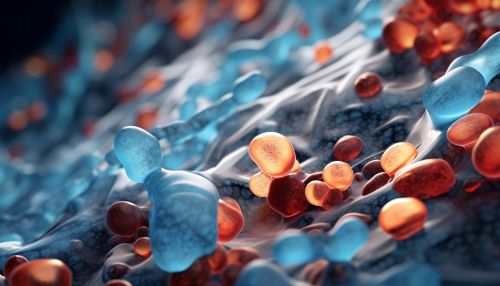Histone Modification
Introduction
Histone modification is a covalent post-translational modification (PTM) to histone proteins which includes methylation, phosphorylation, acetylation, ubiquitylation, and sumoylation. The PTMs made to histones can impact gene expression by altering chromatin structure or recruiting histone modifiers.


Histone Structure and Function
Histones are proteins that help structure chromatin in eukaryotic cells. They have a globular C-terminal domain and a flexible, charged N-terminal tail. The tail is the site of many PTMs, including the ones involved in histone modification. The globular domain is responsible for the core structure of the nucleosome, which consists of DNA wrapped around a histone octamer.
Types of Histone Modifications
There are several types of histone modifications, each with different effects on chromatin structure and gene expression.
Methylation
Histone methylation occurs predominantly on lysine residues in the histone tails. It can lead to either transcriptional activation or repression, depending on the specific context. For example, methylation of histone H3 at lysine 4 (H3K4me) is associated with transcriptional activation, while methylation at lysine 9 (H3K9me) is associated with transcriptional repression.
Phosphorylation
Histone phosphorylation occurs primarily on serine and threonine residues. It is involved in the regulation of chromatin condensation during cell division and in the response to DNA damage.
Acetylation
Histone acetylation is generally associated with transcriptional activation. It occurs on lysine residues and is regulated by the opposing activities of histone acetyltransferases (HATs) and histone deacetylases (HDACs).
Ubiquitylation
Histone ubiquitylation occurs on lysine residues and is involved in several processes, including transcriptional regulation, DNA repair, and chromatin condensation.
Sumoylation
Histone sumoylation is a less well-studied histone modification, but it appears to be involved in the regulation of transcriptional repression and the response to DNA damage.
Regulation of Histone Modifications
Histone modifications are regulated by a variety of enzymes, including histone acetyltransferases (HATs), histone deacetylases (HDACs), histone methyltransferases (HMTs), and histone demethylases (HDMs). These enzymes add or remove modifications on histones, altering chromatin structure and influencing gene expression.
Role in Gene Expression
Histone modifications play a crucial role in the regulation of gene expression. By altering the structure of chromatin, they can influence the accessibility of the DNA to the transcription machinery, thereby regulating the rate of gene transcription. For example, acetylation of histones is generally associated with transcriptional activation, while methylation can be associated with either activation or repression, depending on the specific context.
Implications in Disease
Abnormal histone modifications have been linked to a number of diseases, including cancer, autoimmune diseases, and neurological disorders. For example, mutations in genes encoding histone modifying enzymes or in the histones themselves can lead to aberrant histone modifications and disease.
Conclusion
Histone modifications are a crucial component of the regulation of gene expression in eukaryotic cells. They influence chromatin structure and function, and their dysregulation can lead to disease. Further research into histone modifications and their role in disease could lead to the development of novel therapeutic strategies.
